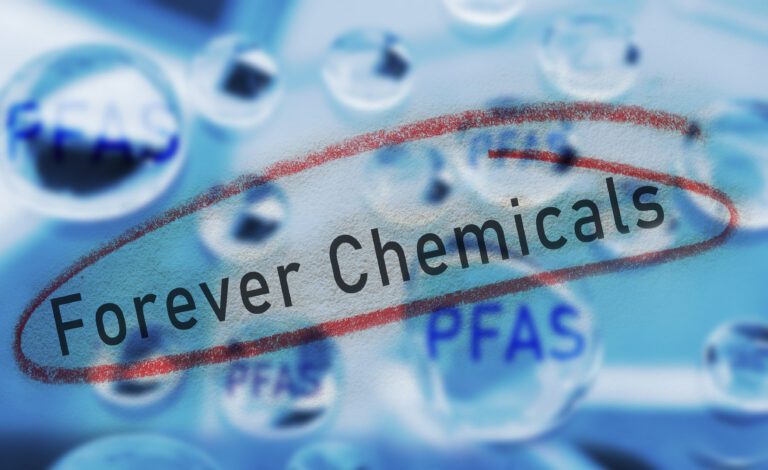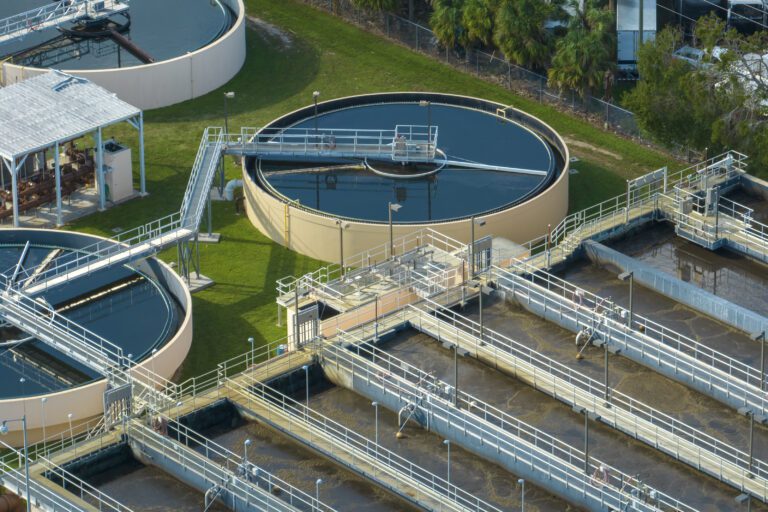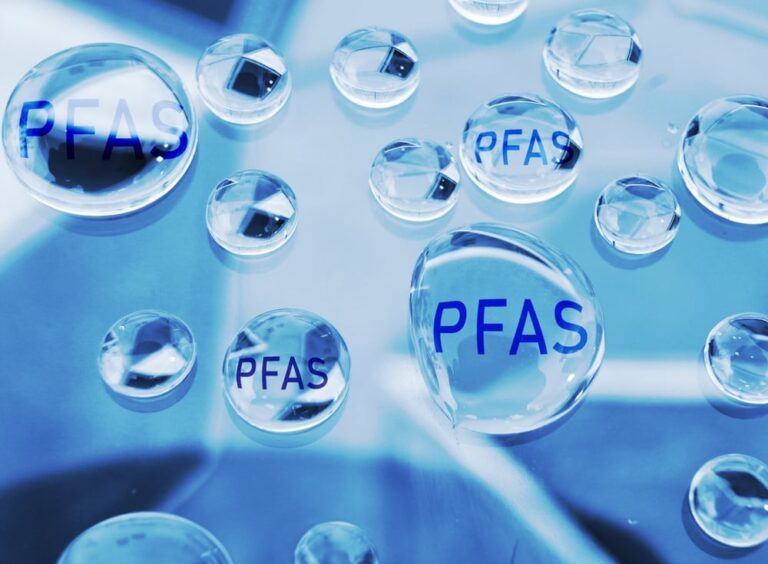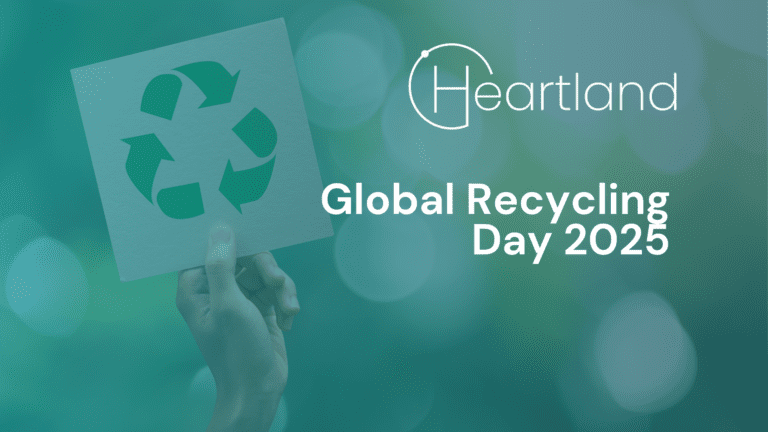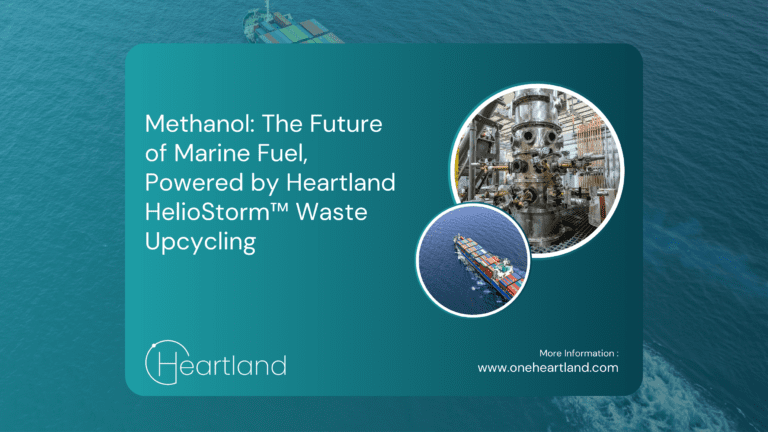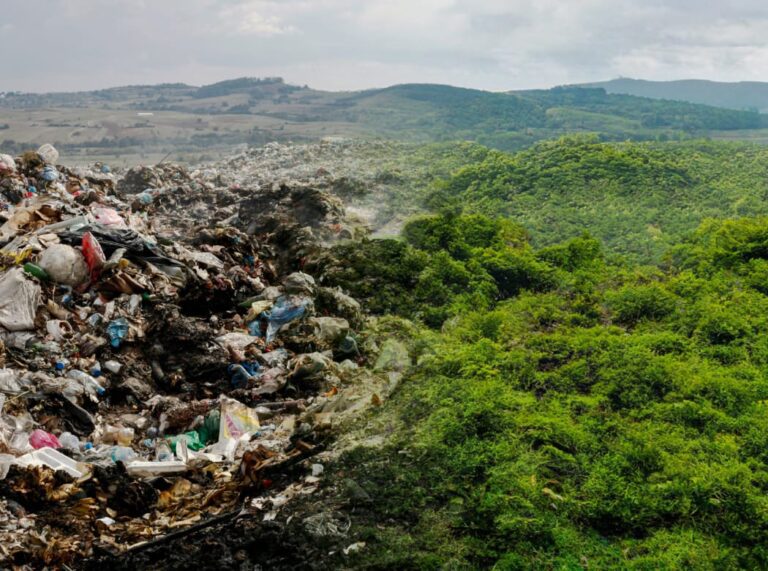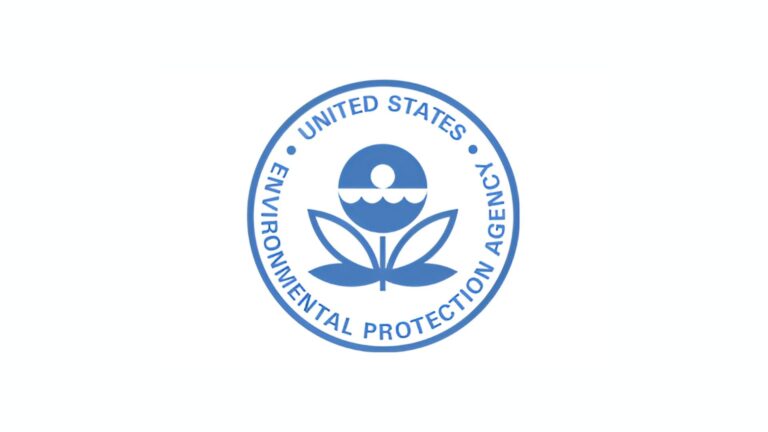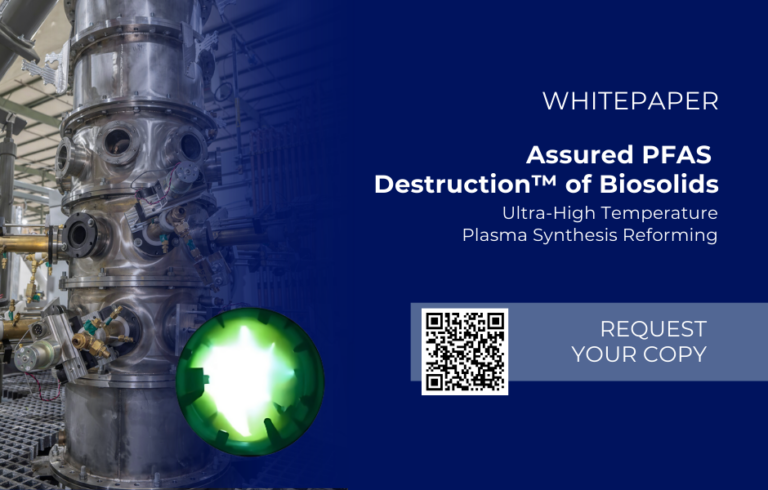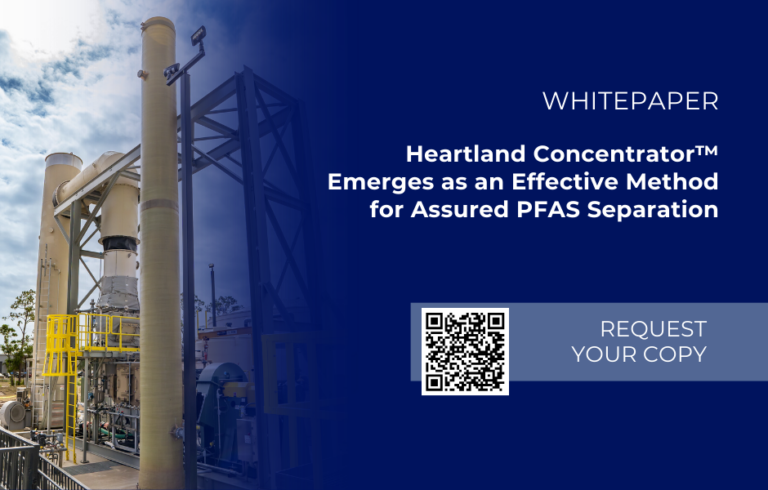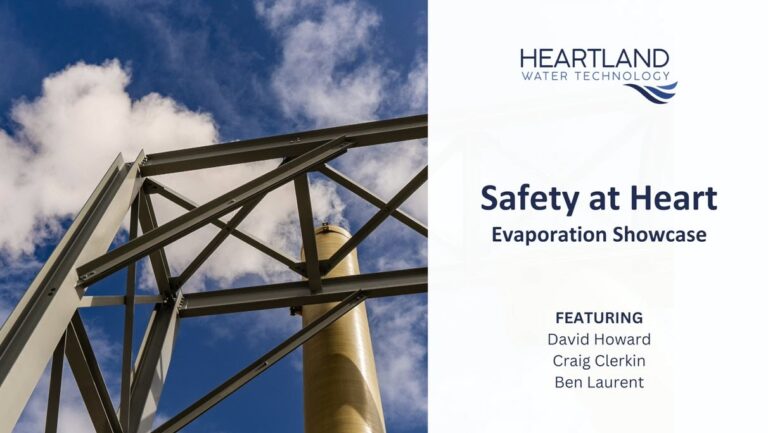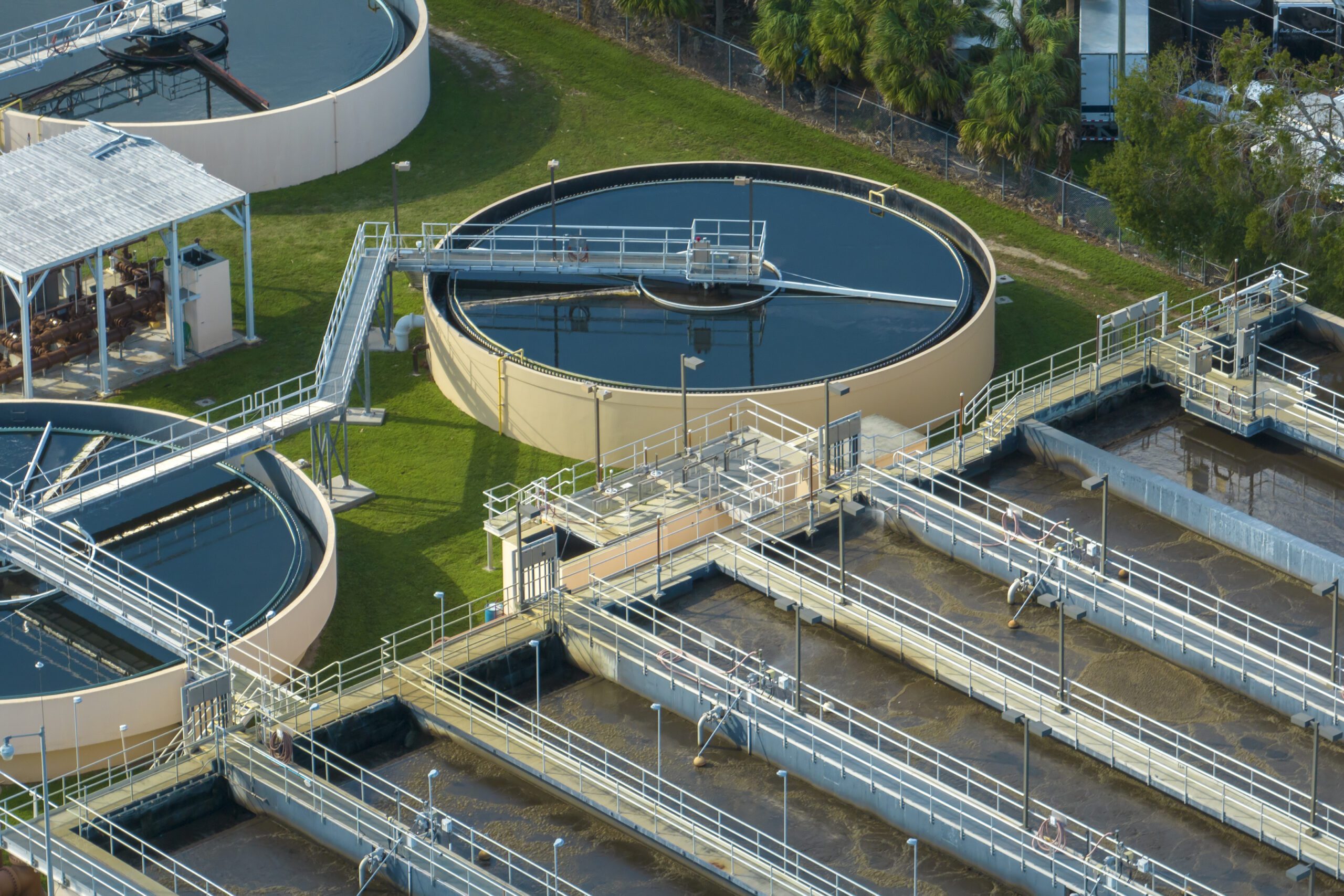
Why Wastewater Treatment Matters Now
Across the United States, businesses and municipalities face mounting pressure to improve how they manage water and waste. Concerns about contaminants like PFAS, shifting federal and state rules, and rising disposal costs all underscore why wastewater treatment is important. For utilities and businesses, the question of why is wastewater treatment important has never been more pressing. Beyond regulatory compliance, effective systems reduce environmental liabilities, protect public health, and unlock new opportunities for resource recovery.
Untreated discharges can spread PFAS, pharmaceuticals, and heavy metals into surface water and soil. They also raise compliance risks under programs such as CERCLA, RCRA, and the Clean Water Act for wastewater and residuals management. In states like Michigan, Maine, and Minnesota, new PFAS disposal limits have accelerated the urgency of adopting advanced wastewater solutions. At the same time, landfill leachate treatment and biosolids disposal costs continue to rise, adding to the burden of traditional management practices.
Sustainability commitments from global corporations and municipalities are pushing the market toward circular economy strategies. These strategies focus on recovering value from waste streams and reducing reliance on finite resources. The challenge is finding practical, scalable systems that can turn these commitments into operational reality.
Heartland is meeting this challenge with proprietary technologies that don’t just treat waste — they transform it. From PFAS destruction to resource recovery, Heartland’s systems provide a path toward long-term compliance and environmental protection.
Top 6 Wastewater Treatment Benefits
Effective wastewater strategies deliver measurable returns for both the environment and the bottom line. Here are the six most critical advantages:
1. Regulatory Compliance & Risk Reduction
Modern treatment systems help facilities meet or exceed strict discharge limits, avoiding fines, lawsuits, and reputational damage. This is especially vital in jurisdictions tightening PFAS regulations. Beyond compliance, proactive treatment reduces the administrative burden of reporting and demonstrates a clear commitment to environmental responsibility.
2. Pollution Control & Environmental Protection
Advanced treatment eliminates contaminants that threaten rivers, lakes, and aquifers. Removing forever chemicals like PFAS improves water quality and helps utilities fulfill their role as environmental stewards. Cleaner discharge reduces the risk of ecosystem disruption, protecting aquatic life and ensuring safer community water resources.
3. Water Reuse & Conservation
By reclaiming water on-site, facilities can reuse it for cooling, dust suppression, or industrial processes. Closing the loop not only conserves freshwater but also aligns with ESG reporting requirements. This approach also provides resilience against droughts and water scarcity, helping businesses secure their operations against resource volatility.
4. Operational Cost Savings
On-site systems cut the need for hauling wastewater to distant facilities, reducing transportation and tipping fees. They also minimize sludge disposal volumes, which further lowers costs. Over time, predictable treatment costs help organizations better manage budgets and avoid the sharp increases tied to external disposal markets.
5. Energy & Resource Recovery
Wastewater can be a source of value. With advanced systems, operators can capture energy-bearing byproducts like syngas and convert biosolids into fuels such as methanol or SAF. These recovered resources provide opportunities for new revenue streams and reduce reliance on external energy sources.
6. Enhanced ESG & Community Impact
Sustainability is no longer optional. Demonstrating the environmental benefits of wastewater treatment strengthens community trust, supports permitting approvals, and makes organizations more attractive to investors. Facilities that showcase responsible wastewater strategies can also improve employee engagement and brand reputation in local communities.
Why These Benefits Matter More Than Ever
The drivers behind treatment improvements are intensifying. Regulatory agencies continue to tighten discharge standards, while new PFAS bans are reshaping how utilities and industries handle biosolids and leachate. In several states, land application of sludge has already been restricted due to PFAS contamination risks.
Public expectations are also shifting. Communities are increasingly aware of the connection between waste management and environmental health. A facility’s reputation can be damaged quickly if residents associate it with pollution or noncompliance. By contrast, operators who embrace advanced systems earn goodwill, stronger permitting outcomes, and smoother community relations.
Financially, traditional disposal methods are becoming unsustainable. Hauling, tipping, and landfill costs rise annually, creating volatility in municipal and industrial budgets. By reducing wastewater volume and capturing value on-site, Heartland’s solutions stabilize expenses and improve long-term planning.
Finally, the corporate world is responding to investor demands for measurable ESG progress. For many companies, water and waste management are key performance indicators. Advanced wastewater solutions give businesses a competitive edge by proving that sustainability commitments are backed by action.
Heartland’s Technology Advantage
What sets Heartland apart is the proprietary low-temperature, high-turbulence evaporator. The Heartland Concentrator(TM) thermal evaporation system reduces wastewater volume by more than 90%, enabling zero liquid discharge (ZLD). It is ideal for leachate, power plant wastewater, and industrial waste streams. By minimizing water content, it slashes hauling costs and prepares concentrated waste for final destruction.
This solution offers scalability for small and mid-sized waste streams, not just large industrial plants. This distributed model allows municipalities, landfills, and industrial facilities to deploy advanced treatment on-site, closer to the source of waste.
Heartland’s technology directly reinforces the benefits of wastewater treatment highlighted earlier — compliance, cost savings, resource recovery, and environmental protection.
Applying These Benefits to Your Operations
Turning treatment into value starts with understanding your current waste streams. A comprehensive audit can reveal opportunities for contaminant removal, non-potable water reuse, and energy recovery.
The next step is evaluating whether on-site treatment offers a better cost profile than hauling and off-site disposal. For many facilities, the savings on trucking alone justify a system upgrade. Factoring in avoided compliance fines and the ability to reuse water strengthens the case further.
Heartland’s Evaporation-as-a-Service model removes capital expense barriers. Instead of funding infrastructure upfront, clients pay predictable operating fees while Heartland manages design, installation, and ongoing performance. This approach makes advanced systems accessible to municipalities and industries of all sizes.
Partnering early with Heartland also streamlines permitting. Our proven record of 100% permitting success across diverse states demonstrates our ability to navigate regulatory complexities. This ensures faster deployment and fewer roadblocks for new projects.
Moving Forward with a Sustainable Solution
The global shift toward circular economies is redefining how businesses handle waste. Water will remain a central part of this transformation. As contaminants like PFAS continue to make headlines, the urgency to invest in advanced PFAS solutions grows stronger.
For organizations still relying on outdated methods, the risk of noncompliance and rising costs will only increase. By contrast, companies that act now can lock in long-term savings, protect environmental resources, and position themselves as sustainability leaders.
Heartland’s integrated approach combines compliance, financial predictability, and resource recovery. Whether the priority is PFAS destruction, non-potable water reuse, or energy conversion, our systems deliver measurable outcomes for both the business and the environment.
We have a proven track record of delivering measurable wastewater treatment benefits across industries. From landfill leachate management to industrial PFAS destruction, our solutions create long-term value for partners nationwide. Visit our case studies to see how we’ve helped organizations turn waste challenges into sustainable outcomes. Or, contact us to learn more today.
FAQ: Wastewater Treatment Benefits in Practice
What is the most important benefit of wastewater treatment?
The primary benefit is protecting public health and the environment by removing harmful contaminants before they re-enter water systems. Modern wastewater treatment also helps organizations stay compliant with evolving regulations. With technologies like the Heartland Concentrator™, facilities can achieve high levels of contaminant removal while reducing waste volume and disposal costs.
How can wastewater treatment reduce operational costs?
On-site treatment systems lower or eliminate the need to haul wastewater to off-site facilities, reducing transportation and tipping fees. They also minimize sludge disposal costs by reducing water content. For example, Heartland’s industrial wastewater treatment solutions use proven evaporation and concentration technologies to streamline operations and save money.
Can treated wastewater be reused?
Yes, for non-potable applications. Treated wastewater can be reused for non-potable purposes such as industrial processes, cooling water, or dust suppression. This reduces reliance on freshwater sources and supports sustainability initiatives. Heartland’s solutions are designed to help clients meet strict quality standards for safe water reuse.
What makes Heartland’s approach to wastewater treatment different?
Heartland combines proprietary technology with a Build-Own-Operate project model to deliver turnkey solutions that are cost-effective and scalable. Our systems handle challenging waste streams—including landfill leachate, biosolids, and PFAS-laden water—while also enabling energy recovery.
Unlike traditional approaches, Heartland’s technologies operate at higher efficiencies and adapt to both small and mid-scale facilities, not just large, centralized plants. This distributed design allows utilities and industrial operators to deploy advanced wastewater treatment without the heavy capital burdens that often delay projects.
